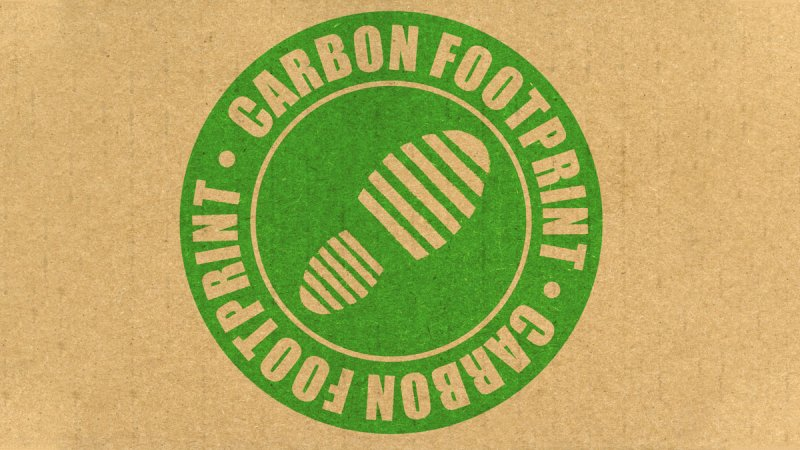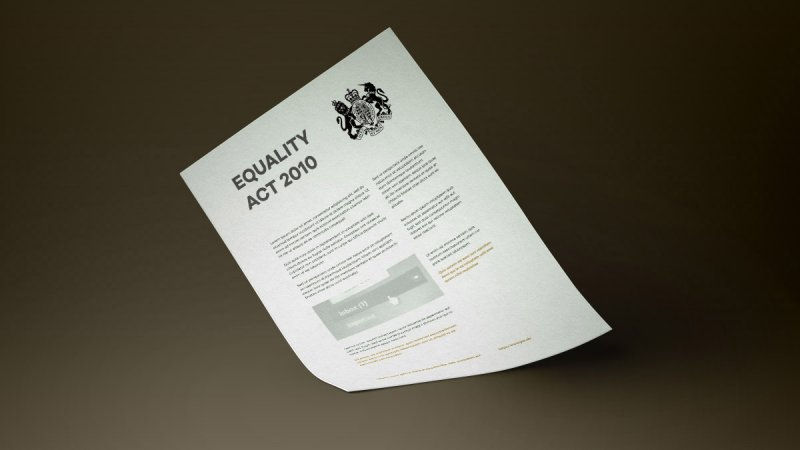A carbon footprint refers to the carbon dioxide emissions that are released when carbon-based fuels are burnt. Examples of these fuels include petrol, gas, jet fuel, oil and coal. Your carbon footprint depends on how much energy, electrical appliances and equipment you use, as well as how often you travel. If a business is looking for a way to measure and reduce their impact on the environment, evaluating their carbon footprint is a great way to start.
An individual’s carbon footprint is calculated in terms of major categories of consumption. These include housing, travel, food, products and services. On average, someone who lives in a city emits four tonnes of carbon dioxide a year!
Why is it important to reduce your carbon footprint?
Carbon dioxide is a greenhouse gas. Too much of it in the atmosphere leads to climate change, also known as global warming. The greenhouse effect refers to the way these gases interact with the atmosphere. Greenhouse gases prevent heat from the sun from passing back out of the earth’s atmosphere, which causes a rise in temperature. This results in ice melting, sea levels rising and habitat changes that affect some animals. For example, species such as koalas are highly specialised in what they eat. This means it’s much harder for them to adapt to changes in their environment caused by climate change. This increases the likelihood of their extinction.
Greenhouse gases also affect the ozone layer. The ozone layer in the upper atmosphere provides protection from harmful ultra-violet radiation. Greenhouse gases contribute to ozone depletion, which exposes us to the harmful rays and causes a rise in the Earth’s temperature. Research suggests that the global temperature may rise more than two degrees Celsius by the end of the century. Whilst some U.K. residents may feel excited by the prospect of extreme heat in summer, these drastic changes in climate will also have adverse effects on the environment, including rising sea levels, melting of glaciers, droughts and floods.

How can you reduce your carbon footprint?
The type of energy you use can have an impact on the environment. Some energy sources are renewable and others are not. You can choose your energy supplier and your choice could be based on environmental consideration. For example, energy sources involving fossil fuels are likely to increase your carbon footprint. Coal, oil and natural gas are burnt to generate electricity, but this process generates carbon dioxide. Solar, wind and hydroelectric energy sources are all renewable and are much more environmentally friendly. However, they are often dependent on weather conditions.
It is also very important to consider how much you rely on transport, as this massively impacts your carbon footprint. In fact, the ‘2017 Annual Provisional Emissions Results’ estimates that transport accounted for 34% of the carbon dioxide emissions in the U.K. A good way to reduce your reliance on vehicles is to use public transport more or try to walk wherever possible. You could also arrange carsharing schemes – it seems to have worked out well for James Corden! In a professional context, businesses are also encouraged to utilise teleconferencing in order to reduce the amount of transport involved with meetings. Vehicles can also be chosen according to the amount of fuel they consume.
There are also many minor lifestyle changes you can make that will have a significant impact on your carbon footprint. For example:
- Using recycled products as much as possible and eating locally produced things
- Set thermostats appropriately
- Ensuring equipment and lights are turned off whenever not in use
- Using low-energy light bulbs with timer controls
- Keeping doors and windows closed to prevent heated or cooled air from escaping
According to research undertaken by the Department for Environment, Food & Rural Affairs, the U.K.’s carbon footprint fell by 6% between 2015 and 2016. In 2016, the emissions relating to the consumption of goods and services produced in the U.K. were 35% lower than in 1997. This shows how much of a difference businesses can make by actively taking responsibility for their carbon footprints. An example of this is the world’s largest food and beverage company, Nestlé. With values underpinned by a desire to shape a better and healthier world, the company has been ranked first in many sustainability indexes. In 2014, they committed to reducing their carbon footprint by phasing out 92% of its industrial refrigerants and replacing them with more environmentally friendly ones.










